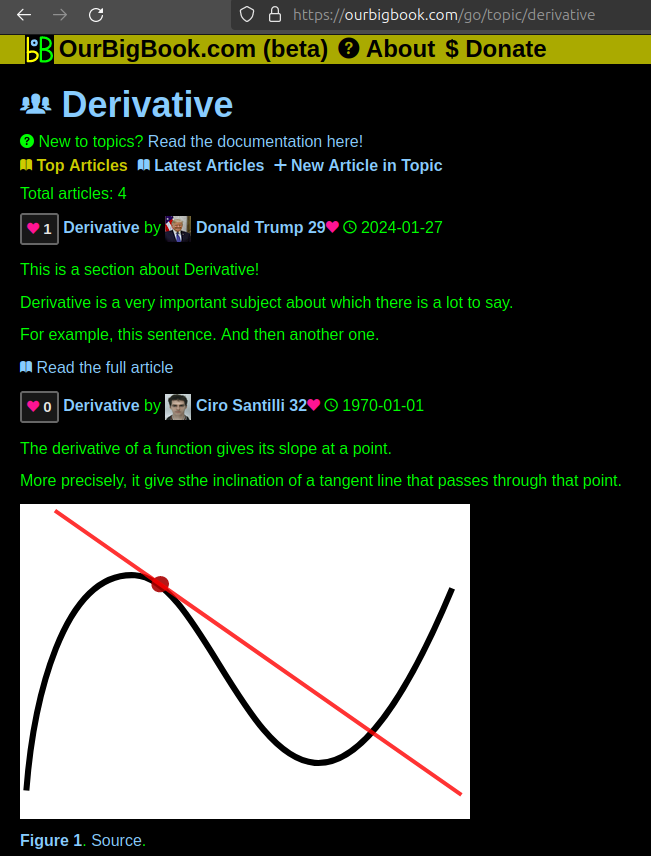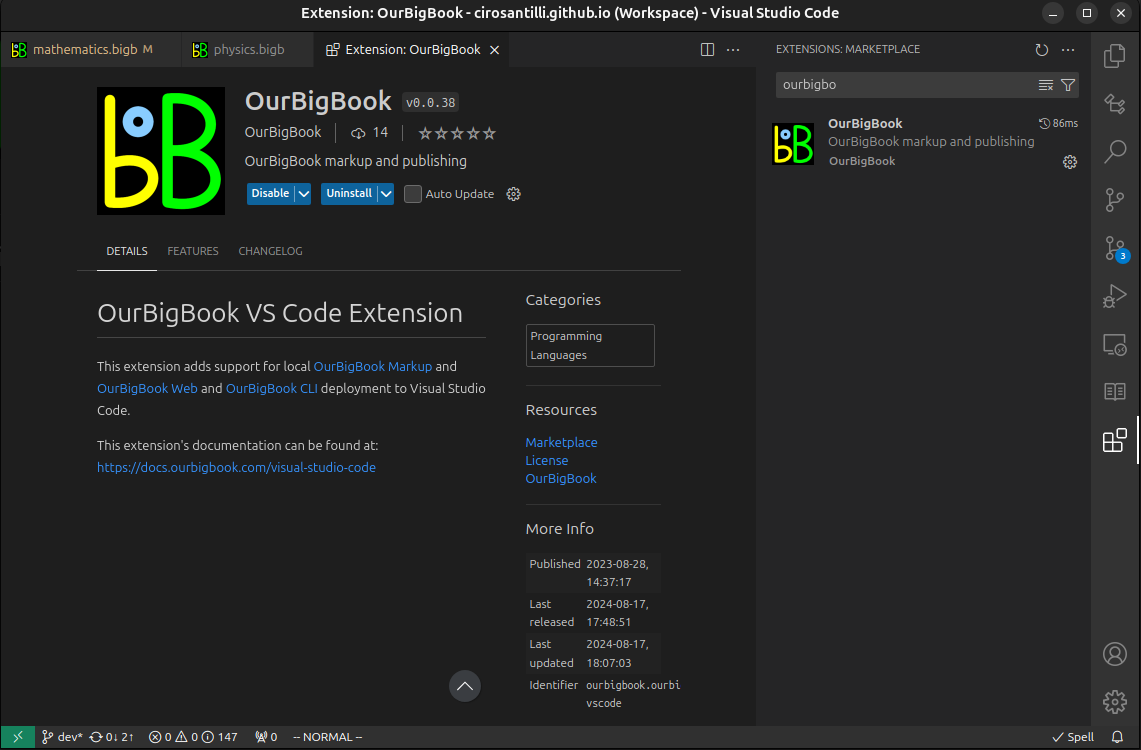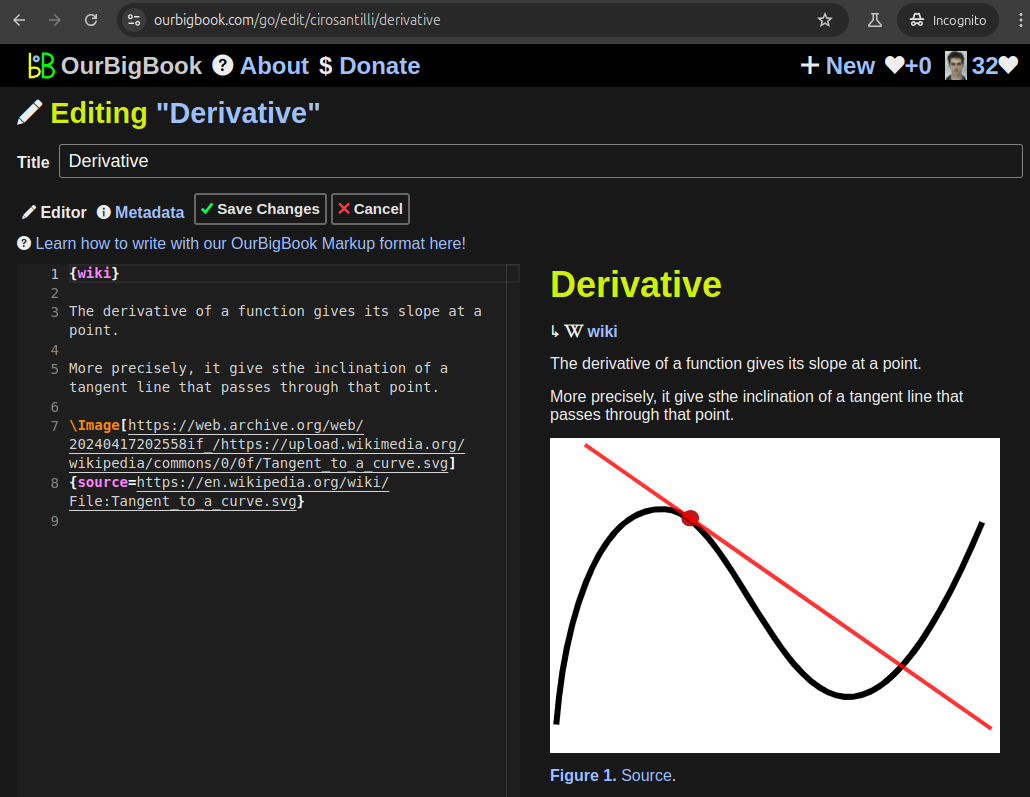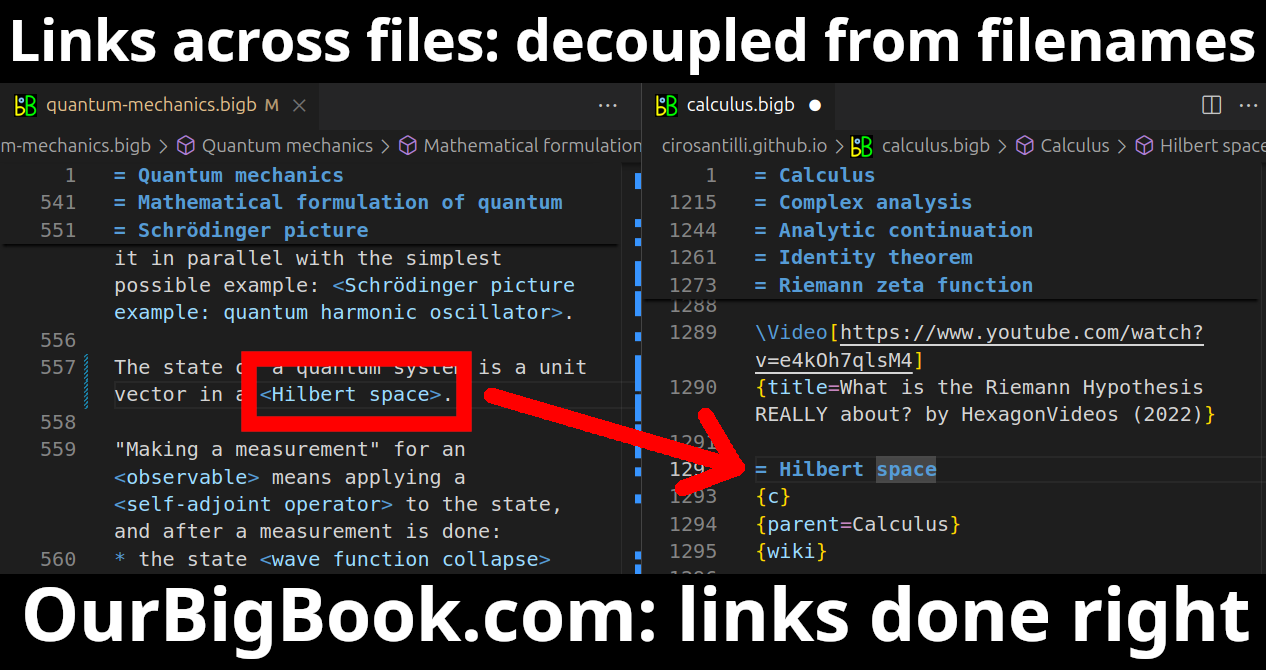The "John von Neumann" sculpture is a bronze statue created by artist Zoran M. (Zuzka) Kovačević, and it is dedicated to the influential mathematician and physicist John von Neumann. The sculpture is located at the University of Southern California (USC), where von Neumann made significant contributions during his career. This piece is part of a series of sculptures commemorating important figures in science and technology.
The Conway–Maxwell–Poisson (CMP) distribution is a probability distribution that generalizes the Poisson distribution. It is useful for modeling count data that exhibit both overdispersion and underdispersion relative to the Poisson distribution.
The IBM Building in Honolulu, Hawaii, is a notable structure that was completed in 1970 and is primarily associated with the IBM Corporation. Located in the city’s central business district, the building was designed to house various IBM operations and offices. The architectural style of the IBM Building reflects the modernist design prevalent during the time of its construction. It is part of the urban landscape of Honolulu and is situated near other significant buildings and spaces.
ILR-33 AMBER is a type of autonomous unmanned aerial vehicle (UAV) developed by the Polish company, the Aeronautics Group. It is designed primarily for reconnaissance and surveillance missions. The ILR-33 AMBER features vertical takeoff and landing capabilities, enabling it to operate in various environments and locations without the need for runways.
Ilya M. Sobol' (often written as Ilya M. Sobol) is a notable figure in the field of mathematics and statistics, particularly recognized for his work in numerical analysis, stochastic processes, and sensitivity analysis. He is best known for developing the Sobol' sequences, which are a type of quasi-random sequence useful in high-dimensional integration and simulations, especially in the context of Monte Carlo methods.
IMC FAMOS is software designed for the analysis, presentation, and management of measurement data, particularly in the context of test laboratories and engineering environments. It is part of the IMC (Innovative Measurement & Control) solution suite and is widely used for processing data collected from various types of sensors and measurement systems. Key features of IMC FAMOS include: 1. **Data Analysis**: It allows users to perform complex mathematical calculations, statistical analyses, and data transformations on measurement data.
Confidential incident reporting refers to a process or system that allows individuals, often within an organization, to report incidents, concerns, or violations without revealing their identity. This can be particularly important in settings where employees may fear retaliation, stigma, or disciplinary actions for speaking up about issues such as safety violations, harassment, fraud, or other unethical behavior.
The quasi-geostrophic equations are a set of mathematical equations used to describe the dynamics of large-scale atmospheric and oceanic flows in the presence of rotation and stratification. These equations are an approximation of the full Navier-Stokes equations, focusing on flows that are geostrophic, meaning that the Coriolis force (due to the Earth's rotation) balances the pressure gradient force.
Glass art refers to the practice of creating decorative and functional objects using glass as the primary medium. It encompasses a wide range of techniques, styles, and forms, including: 1. **Blown Glass**: This technique involves inflating molten glass into a bubble and shaping it into various forms. Glassblowers use pipes and various tools to manipulate the glass as it cools.
A degenerate bilinear form is a type of bilinear form in linear algebra with a specific property: it does not have full rank.
The "degree of anonymity" generally refers to the extent to which an individual's identity is concealed or protected while engaging in activities, particularly in online environments. It can be understood in several contexts: 1. **Online Activities**: In the digital space, the degree of anonymity can vary based on the methods and tools used for online interactions. Some platforms may allow users to operate under pseudonyms, while others may require real identities. Technologies like VPNs, Tor, and encryption can enhance anonymity.
DeLorme is a company known for its mapping and GPS technology products. Founded in 1976 by David DeLorme, the company initially gained recognition for its topographic map books and atlases, which were used by outdoor enthusiasts, hikers, and those needing detailed geographic information. In the 1990s, DeLorme expanded into the digital mapping and GPS space, creating software products like Topo USA, which provides users with detailed topographic maps and navigation capabilities.
Good documentary about it: Nick Leeson and the Fall of the House of Barings by Adam Curtis (1996).
One is reminded of Annie Dookhan.
Nick Leeson and the Fall of the House of Barings by Adam Curtis (1996) by  Ciro Santilli 37 Updated 2025-07-16
Ciro Santilli 37 Updated 2025-07-16
High Frequency Trading by WEED e.V. (2014)
Source. Ciro Santilli once talked to a man who had been working on high-frequency trading for the last six years.
He was quite nice.
Ciro asked him in what way did he feel his job contributed to the benefit of society.
He replied that it didn't contribute at all. It was completely useless. More than that, it so completely useless, that it was even pure. A bit like advanced mathematics, but not even providing beauty for anybody outside of the company, since everything is a closely guarded trade secret, unlike mathematics which is normally published for the vanity recognition.
And so, Ciro was enlightened.
The Men Who Stole the World by Benoît Bringer
. This timestamp contains a good explanation of how banks were knowingly reselling bad loans at incredible profits. It features Richard Bowen, previously from Citi Group compliance. Pinned article: Introduction to the OurBigBook Project
Welcome to the OurBigBook Project! Our goal is to create the perfect publishing platform for STEM subjects, and get university-level students to write the best free STEM tutorials ever.
Everyone is welcome to create an account and play with the site: ourbigbook.com/go/register. We belive that students themselves can write amazing tutorials, but teachers are welcome too. You can write about anything you want, it doesn't have to be STEM or even educational. Silly test content is very welcome and you won't be penalized in any way. Just keep it legal!
Intro to OurBigBook
. Source. We have two killer features:
- topics: topics group articles by different users with the same title, e.g. here is the topic for the "Fundamental Theorem of Calculus" ourbigbook.com/go/topic/fundamental-theorem-of-calculusArticles of different users are sorted by upvote within each article page. This feature is a bit like:
- a Wikipedia where each user can have their own version of each article
- a Q&A website like Stack Overflow, where multiple people can give their views on a given topic, and the best ones are sorted by upvote. Except you don't need to wait for someone to ask first, and any topic goes, no matter how narrow or broad
This feature makes it possible for readers to find better explanations of any topic created by other writers. And it allows writers to create an explanation in a place that readers might actually find it.Figure 1. Screenshot of the "Derivative" topic page. View it live at: ourbigbook.com/go/topic/derivativeVideo 2. OurBigBook Web topics demo. Source. - local editing: you can store all your personal knowledge base content locally in a plaintext markup format that can be edited locally and published either:This way you can be sure that even if OurBigBook.com were to go down one day (which we have no plans to do as it is quite cheap to host!), your content will still be perfectly readable as a static site.
- to OurBigBook.com to get awesome multi-user features like topics and likes
- as HTML files to a static website, which you can host yourself for free on many external providers like GitHub Pages, and remain in full control
Figure 3. Visual Studio Code extension installation.Figure 4. Visual Studio Code extension tree navigation.Figure 5. Web editor. You can also edit articles on the Web editor without installing anything locally.Video 3. Edit locally and publish demo. Source. This shows editing OurBigBook Markup and publishing it using the Visual Studio Code extension.Video 4. OurBigBook Visual Studio Code extension editing and navigation demo. Source. - Infinitely deep tables of contents:
All our software is open source and hosted at: github.com/ourbigbook/ourbigbook
Further documentation can be found at: docs.ourbigbook.com
Feel free to reach our to us for any help or suggestions: docs.ourbigbook.com/#contact







